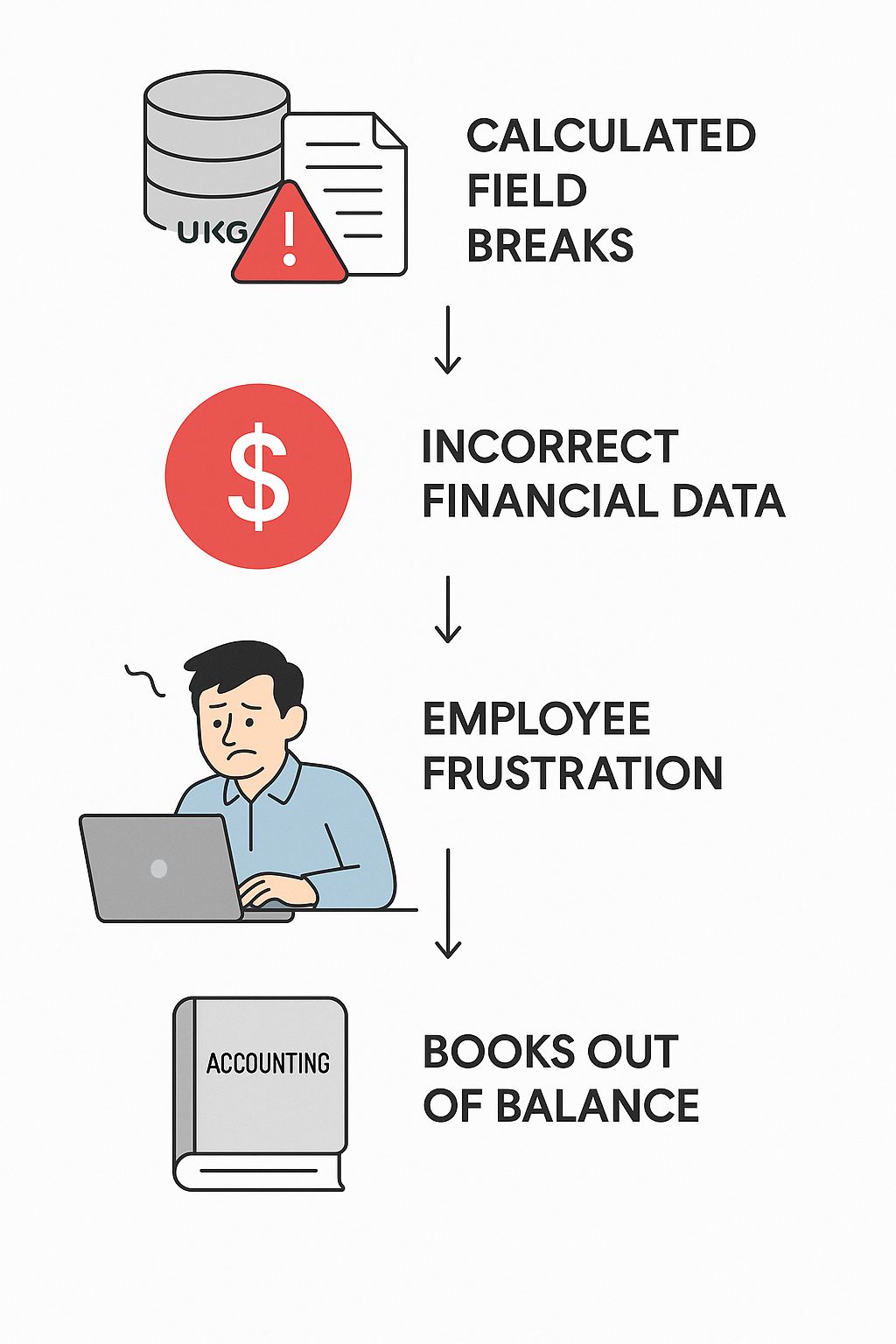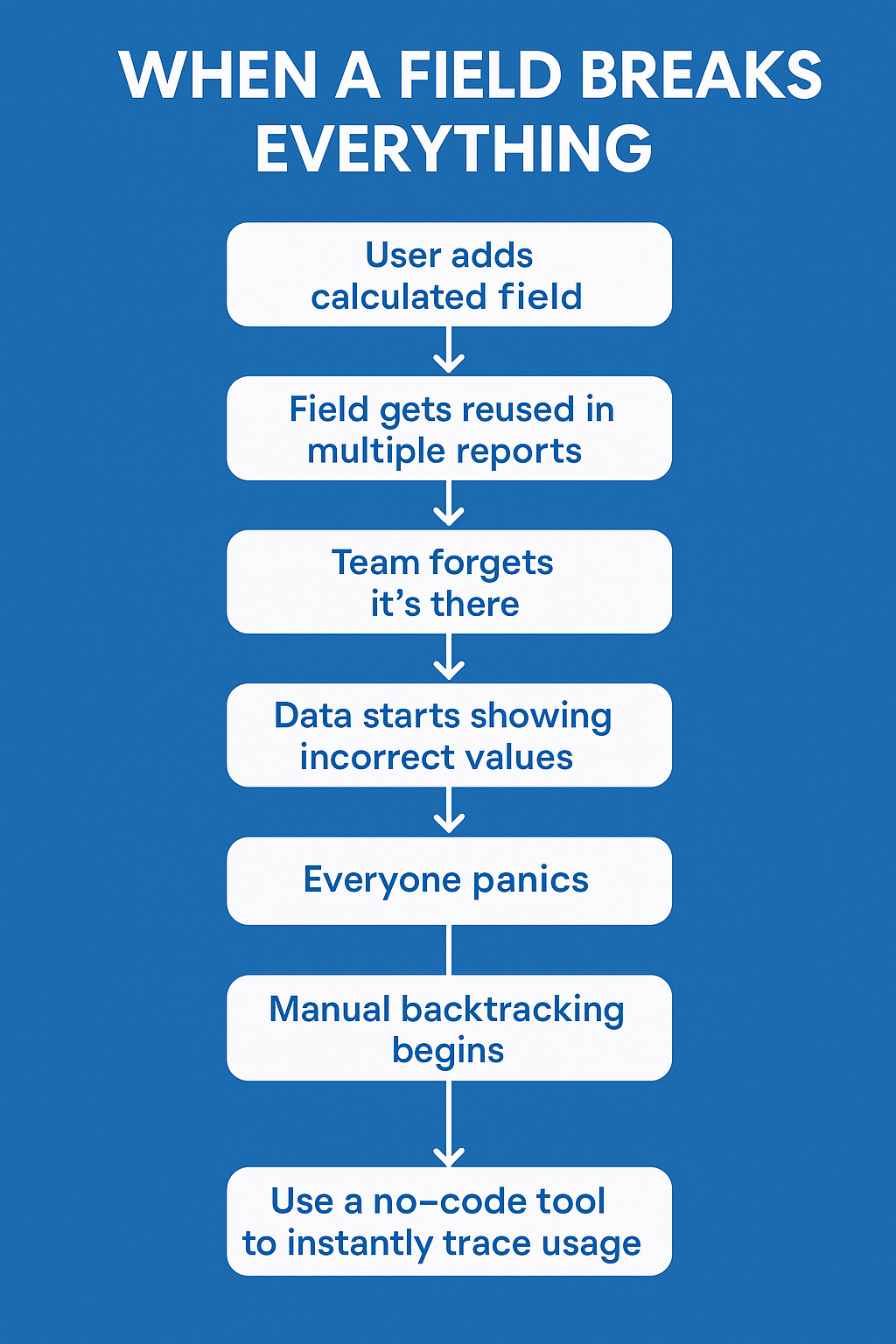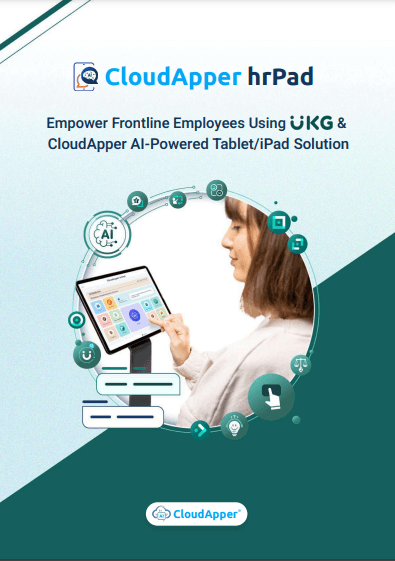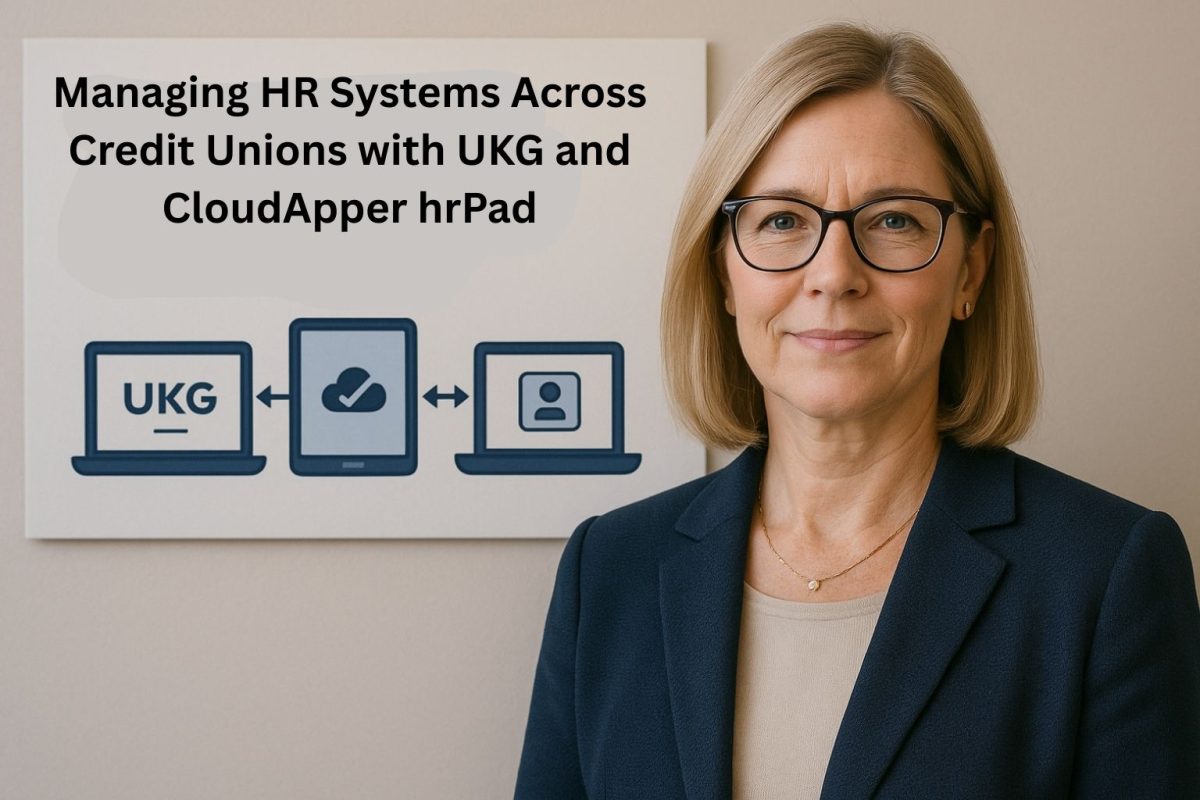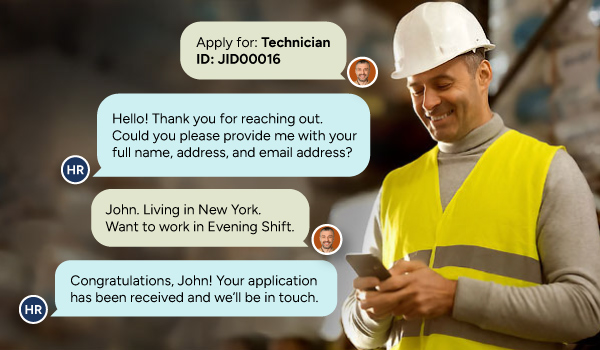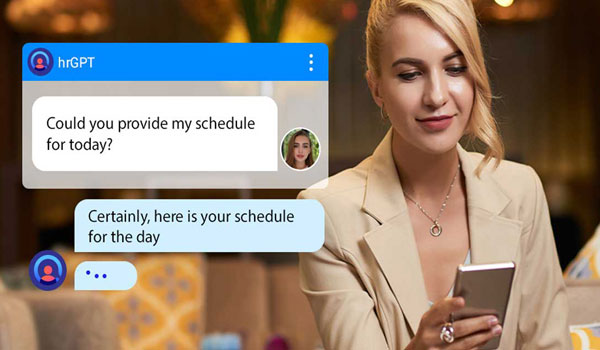When a legacy “Night Differential” field was removed in UKG, it quietly broke payroll reports and dashboards across the organization. Manual tracing missed most of the issues — until CloudApper hrPad mapped all hidden dependencies in minutes. What took analysts 18 hours now takes 3 — and payroll runs on time, every time.
Table of Contents
Tracing Calculated Field Usage in UKG can feel like a background chore—right up until the moment a single missing field derails payroll. That reality struck a large hospital network late on a Friday afternoon when an audit flagged dozens of errors tied to a vanished column. Analysts soon discovered that Tracing Calculated Field Usage in UKG is not optional housekeeping but the only safeguard against disrupted paychecks for thousands of clinical staff.
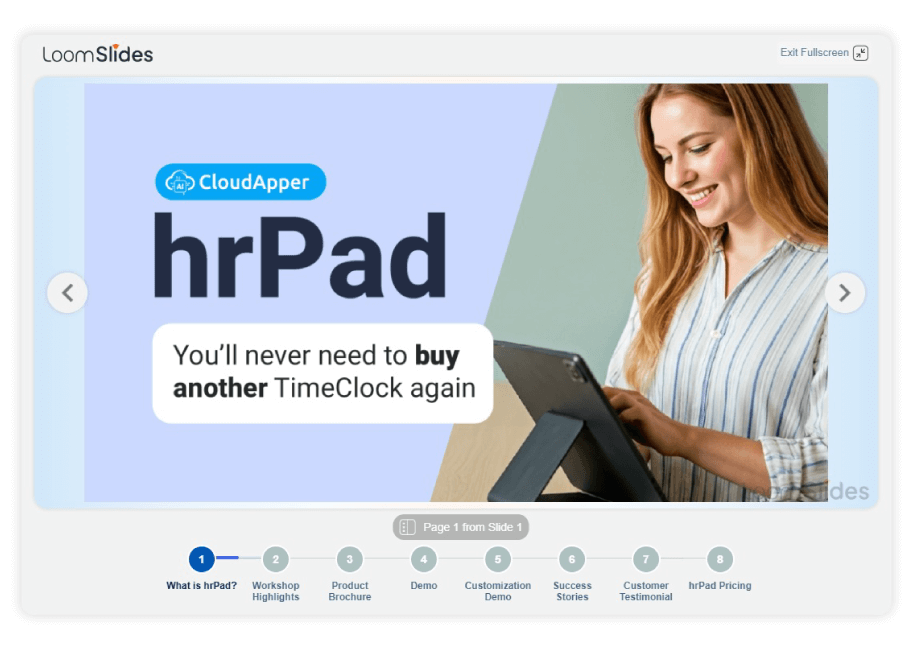
For more information on CloudApper hrPad for UKG visit our page here.
The column that vanished without warning
Earlier in the year, the compensation team replaced the long-standing “Legacy Night Differential” field with an updated “Shift Premium” metric. The legacy column remained active for a brief overlap period, then someone deactivated it—unaware that many BI dashboards, Genies, and CSV feeds still referenced the original name. The first sign of trouble came when night-shift nurses noticed missing premiums on their preview statements.
Day-of scramble: an inefficient manual hunt
At 10 a.m., auditors alerted HRIS. By noon, analysts had opened several Cognos reports and searched the XML for the legacy field, uncovering eight reports. Two hours later, Finance found the same column hard-coded inside an SFTP feed. A second analyst discovered the field buried in a calculated expression inside a workforce Genie, proving manual searches were missing hidden dependencies. Payroll had to close by 6 p.m.; manual XML inspection was too slow.
Discovering an automated option
During a coffee-break video chat, a peer mentioned CloudApper hrPad and its ability to scan UKG metadata and present a live map of field dependencies. Leadership approved an immediate pilot. By 9 a.m. the next day, IT had connected hrPad to BI metadata, Data Hub, and Integration Studio using read-only API credentials. By 9:20, the initial scan finished, listing every asset that referenced “Legacy Night Differential.” The dashboard counted forty-two items—five times the number found manually—and for each asset, it showed the last run date and whether the field appeared as a column, prompt, or calculated expression. Direct links opened the reports and integrations, eliminating navigation guesswork.
Fast but disciplined cleanup
Teams worked asset by asset, replacing the legacy field with the new one. After each edit, they clicked “resolved” on the hrPad dashboard. Hourly rescans verified that fixes held and flagged any missed expressions. By 5 p.m., exactly one hour before payroll lock, the dashboard showed zero outstanding references. Payroll ran, night premiums posted correctly, and the crisis was over.
Measured results
| Metric | Before hrPad | After hrPad |
|---|---|---|
| Number of assets referencing the legacy field (initial count) | 8 (found manually) | 42 (auto-identified) |
| Analyst hours spent searching XML | 18 (projected) | 3 |
| Payroll posting delay risk | High | Eliminated |
| Future alerts if field reappears | None | Automated e-mail |
Why automation beat spreadsheets
Manual searches failed for two reasons: they could not parse calculated expressions and they relied on memory to open every possible report. hrPad solved both gaps through scheduled metadata scans that treat every query, prompt, and calculation equally. Because the solution reads metadata only, core UKG configuration remains untouched while visibility improves dramatically. The hourly verification cycle provided real-time evidence that each fix worked before payroll ran, rather than after an error propagated.
Lessons learned and new governance
The HRIS team implemented a new rule: any field slated for retirement is tagged in hrPad at least thirty days before deletion. The nightly scan and e-mail alerts now warn report owners before they create new dependencies or leave old ones in place. For auditors, a PDF export from hrPad provides time-stamped proof of who changed what and when, reducing sign-off from days to minutes.
Closing thought
The hospital network’s close call illustrates how invisible dependencies can threaten payroll accuracy. By automating the task of tracing calculated field usage in UKG, CloudApper hrPad turned a frantic manual hunt into a controlled, transparent process. Hidden columns surfaced in minutes, corrections finished well before the deadline, and payroll closed without drama. In environments where a single missing premium can trigger labor-law penalties, an automated lineage map is not a luxury—it’s the next essential step in data governance.






